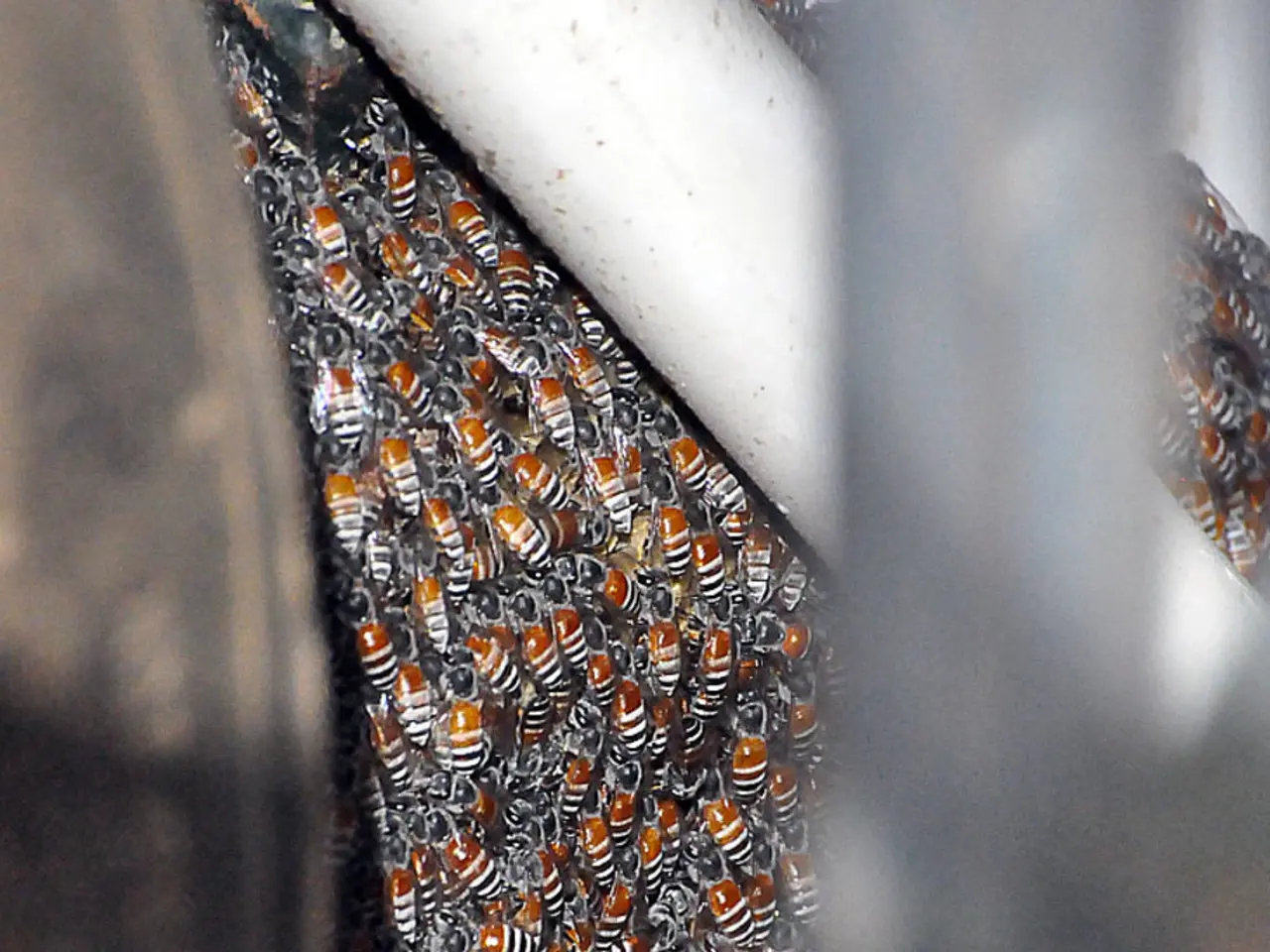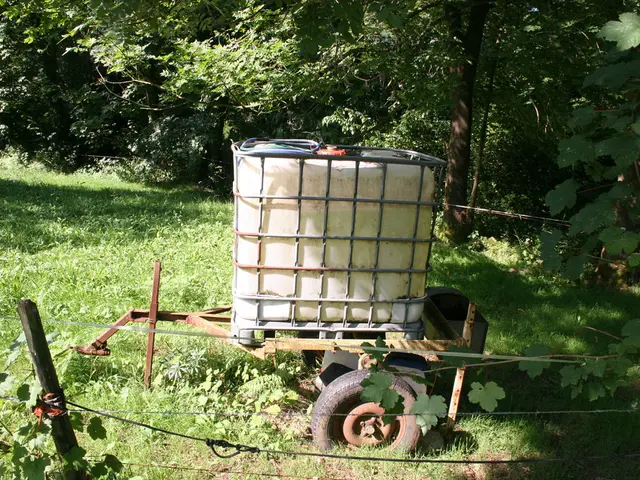Differences in "Raw" Honey: Essential Knowledge Before Purchasing
**Discovering the Authentic Taste of Raw Manuka Honey**
In the realm of honey, the term "raw honey" is not strictly regulated, leaving room for interpretation among brands. However, for those seeking the purest, unadulterated form of this golden nectar, understanding what constitutes truly raw honey is essential.
Truly raw honey is defined as honey that has not been pasteurized, heated, or heavily processed after being harvested from the beehive. It is minimally processed, with minimal filtration, and retains the natural enzymes, vitamins, minerals, pollen, and antioxidants found in honey directly from the hive.
To identify truly raw honey on product labels, look for labels that say "raw honey" or indicate the honey is unpasteurized, unheated, and minimally processed. Transparency about the source and origin of the honey, with specific producer or region information rather than vague or generic statements, is also crucial. Single-origin honeys from reputable producers are more trustworthy.
Signs of natural honey qualities such as crystallization, a common and positive indicator that the honey has not been overheated or ultra-filtered, are also important. An absence of an ultra-clear, excessively smooth appearance can signal heat processing or ultra-filtration that remove natural pollen and enzymes.
Our website offers a collection of traceable, nutrient-rich Manuka honey, as well as starter kits for those just beginning their journey. Each jar of our raw Manuka honey includes a QR code for traceability, allowing every jar to be tracked to its source in New Zealand. Our honey is tested to ensure it's free of glyphosate, antibiotics, and GMOs.
The rich taste and texture of our raw Manuka honey come from the nutrients retained in our minimally processed honey. We follow The Art of Ethical Beekeeping™, ensuring our honey is kept as close to its natural state as possible, avoiding high heat and ultrafiltration.
Raw Manuka honey is naturally rich in MGO, known for its antibacterial properties. MGO ratings can indicate the strength of Manuka honey, but they are just one of several important factors. It can be used in hot drinks or cooking, but letting the water come off boiling before stirring in the honey helps preserve its natural nutrients.
Pasteurization is common in conventional honey production and can damage beneficial enzymes. Ultrafiltration strips honey of its natural components like pollen and wax particles, reducing its nutritional value.
In summary, truly raw honey is unheated, minimally processed honey retaining natural nutrients and pollen, and on labels, it is identified by explicit claims of raw/unpasteurized status, clear origin information, and natural characteristics like crystallization. Choosing raw honey not only offers a richer taste but also provides a host of natural health benefits.
In a sustainable approach to food-and-drink, choosing raw Manuka honey over its pasteurized counterpart promotes healthy-cooking by preserving natural enzymes, vitamins, minerals, and antioxidants. Adopting a lifestyle that values home-and-garden produce and sustainable-living, one should seek raw honey that is traceable, as our website provides, to ensure its purity and nutritional richness. The absence of crystallization in honey could indicate ultra-filtration, which reduces its natural components, impacting its health benefits unfavorably.




